NASA's Psyche spacecraft successfully transmits data to a ground station at a distance 40 times greater than the Earth-Moon distance.
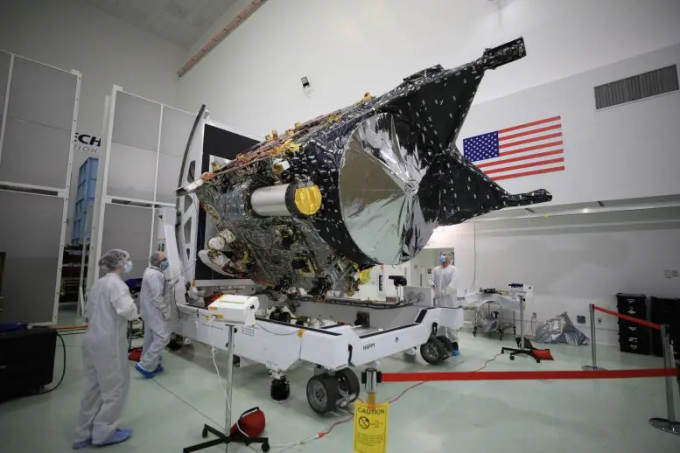
The Psyche spacecraft with DSOC's gold-capped flight laser transceiver at the Astrotech Space Operations facility in December 2022. Photo: NASA/Ben Smegelsky
The DSOC experiment on NASA's Psyche spacecraft set a new record for optical communications by transmitting a near-infrared laser signal with test data over a distance of 16 million kilometers to the Hale telescope at Palomar Observatory in San Diego County, California, Interesting Engineering reported on November 17. At a distance of 40 times the Earth-Moon distance, this is the most distant demonstration of this technology to date.
The Psyche spacecraft launched in October to study the asteroid 16 Psyche. The DSOC experiment on board aims to demonstrate data transmission speeds 10 to 100 times faster than the radio frequency systems currently used by spacecraft.
Both near-infrared laser and radio communications use electromagnetic waves to transmit data. However, near-infrared light packs data into much tighter waves, allowing ground stations to receive more data. This is useful for future robotic or crewed missions, and it also enables higher-resolution scientific instruments.
The experiment reached a major milestone on November 14, when the Psyche flight laser transceiver locked onto an uplink laser beacon transmitted from the Optical Communications Telescope Laboratory at the Jet Propulsion Laboratory (JPL) Table Mountain Facility near Wrightwood, California. The uplink laser beacon involves the transceiver to aim the downlink laser at Palomar, 80 miles (130 kilometers) south of Table Mountain. Automated systems on the transceiver and ground stations also adjusted their orientation.
“This is one of many important milestones for DSOC in the coming months, paving the way for higher data rate communications that can transmit scientific information, high-resolution imagery and video , and support humanity's next giant leap: sending humans to Mars,” said Trudy Kortes, director of Technology Demonstrations at NASA Headquarters in Washington.
“The November 14 test was the first to fully integrate the ground instruments and flight transceivers, requiring the DSOC and Psyche operations teams to work in unity. It was a big challenge and we had a lot of work to do, but in a short time we were able to transmit, receive, and decode some data,” said Meera Srinivasan, DSOC operations team leader at JPL.
Optical communications have been demonstrated in low Earth orbit and as far away as the Moon, but DSOC is the first experiment in deep space. Beaming a laser over millions of miles requires extremely precise aiming.
The experiment also needs to take into account the time it takes for light to travel from the spacecraft to Earth. At Psyche's farthest distance from Earth, it will take DSOC's near-infrared photons about 20 minutes to travel back and forth (in the November 14 test, it took about 50 seconds to travel from Psyche to Earth). During that time, both the spacecraft and the planet will move, so the uplink and downlink lasers will need to adjust to the change in position.
Thu Thao (According to Interesting Engineering )
Source link








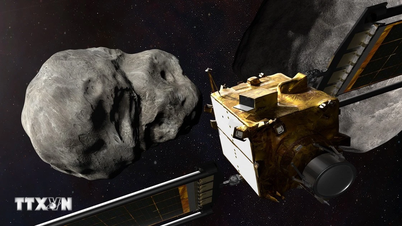


































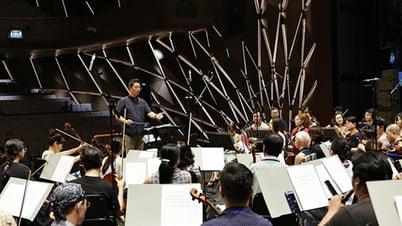




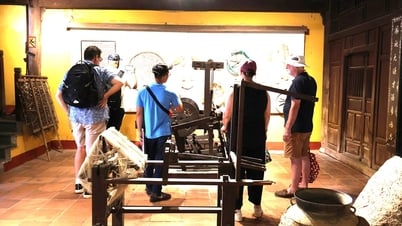




















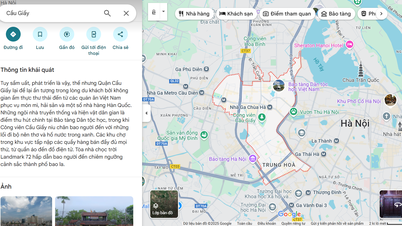




































Comment (0)